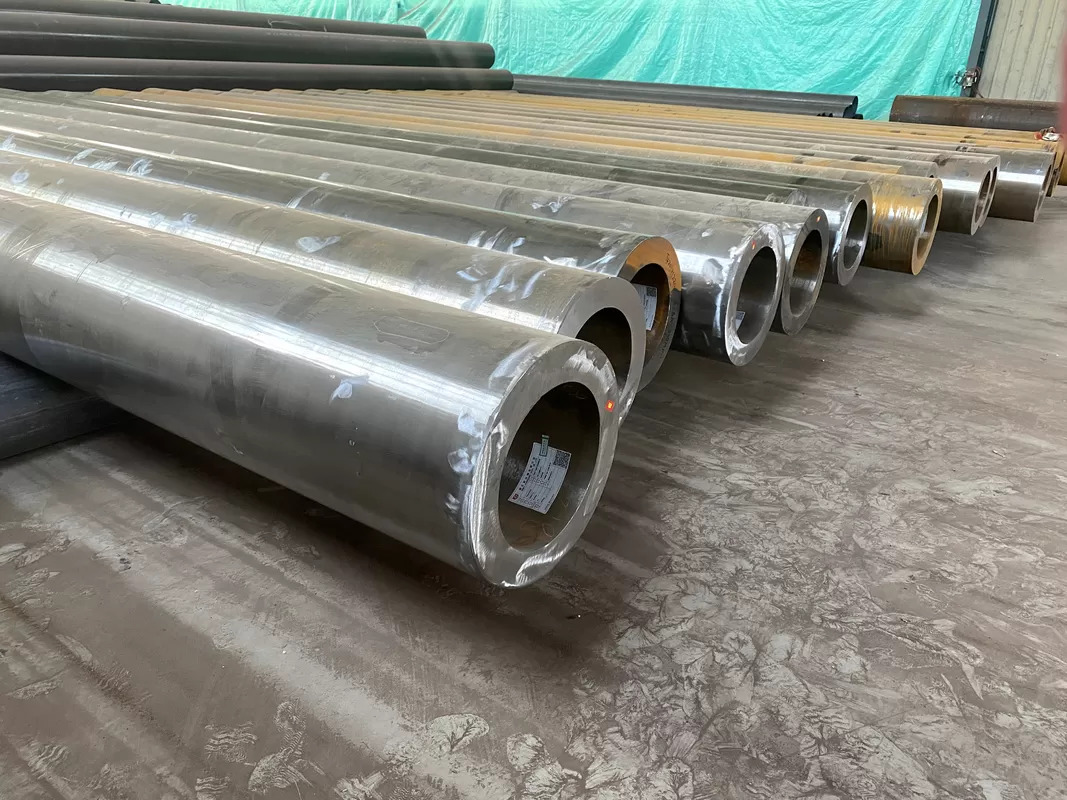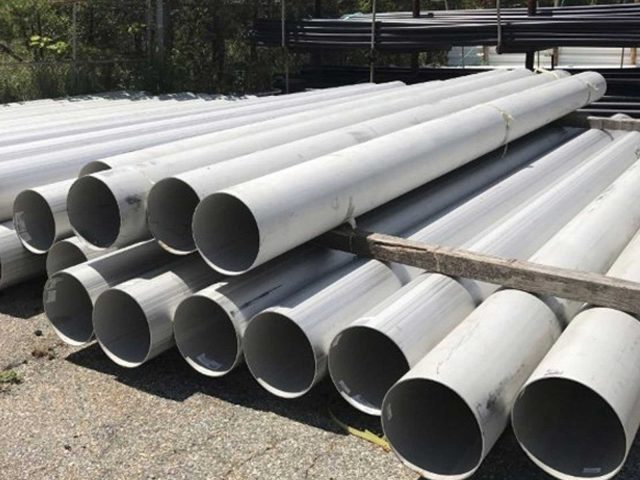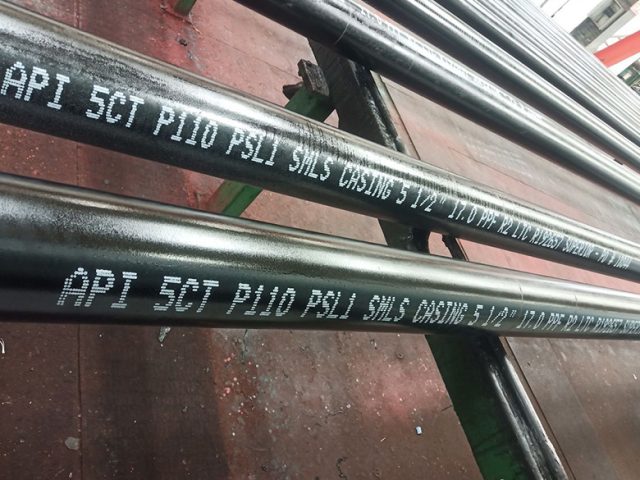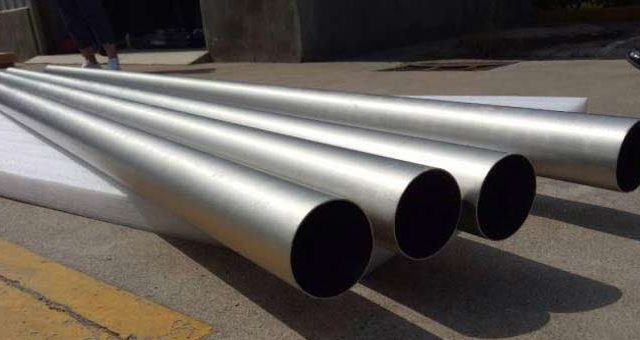Heat Exchanger Basics: A More Efficient Exchange

How a Heat Exchanger Works
At its most basic level, a heat exchanger works by allowing heat from a fluid (a liquid or a gas) to pass to a second fluid without the two fluids actually coming into direct contact. The two fluids flow past each other, separated by a solid partition to prevent mixing.
This partition, or heat transfer surface, is often composed of metal that conducts heat well, such as copper or aluminum. The heat transfer occurs because heat naturally flows from a higher-temperature area to a lower-temperature area.
Types of Heat Exchangers
There are many types of heat exchangers, but three common types are:
- Shell and Tube Heat Exchangers: As their name suggests, these consist of a series of tubes. One set of these tubes contains the fluid that must be either heated or cooled. The second fluid runs over the tubes that are being heated or cooled, thus causing the exchange of heat between the two fluids.
- Plate Heat Exchangers: These are composed of multiple, thin, slightly-separated plates that have very large surface areas and fluid flow passages for heat transfer. This stacked-plate arrangement can be more effective, in a given space, than the shell and tube heat exchangers.
- Air Cooled Heat Exchangers: Also known as a finned coil heat exchanger, this type uses air to cool a fluid that’s flowing inside a coil, or vice versa. This is often found in air conditioning units.
Efficiency in Heat Exchangers
The efficiency of a heat exchanger is determined by a few factors:
- Heat Transfer Area: The larger the heat transfer area, the more efficient the heat exchanger. This is why plate heat exchangers, with their large surface area, can be more efficient than other types.
- Temperature Difference: The greater the temperature difference between the two fluids, the more efficient the heat transfer.
- Heat Transfer Coefficient: This measures the thermal conductivity of the heat exchanger materials. The higher the coefficient, the more efficient the heat exchanger.
- Flow Configuration: The way the fluids flow through the heat exchanger can also affect efficiency. For example, counterflow heat exchangers (where the two fluids flow in opposite directions) are usually more efficient than parallel flow designs.
In conclusion, heat exchangers are crucial components in a wide range of applications. Understanding their basic principles and the factors influencing their efficiency can help optimize their use and improve energy management.
Commonly Used Steel Pipes for Heat Exchangers: Grades, Performance, Parameters, and Pressure Range
Heat exchangers are critical in many industries, and the choice of material for the pipes used is vital for their efficiency and durability. Steel, known for its excellent heat transfer properties and mechanical strength, is often the material of choice. Here are some commonly used steel grades for heat exchangers, along with their performance, parameters, and pressure range:
1. Carbon Steel Pipes
Grade: ASTM A179
ASTM A179 is a frequently used grade of carbon steel in heat exchangers. Known for its impressive heat transfer properties and resistance to oxidation and corrosion at high temperatures.
Performance
- Good heat transfer properties
- High resistance to oxidation and corrosion at high temperatures
- Affordable and readily available
Parameters
- Temperature range: -20 to 1200 °F
- Pressure range: Up to 20 MPa
2. Low Alloy Steel Pipes
Grade: ASTM A213 T11, T22
ASTM A213 T11 and T22 are grades of low alloy steel often used in heat exchangers because they provide increased resistance to high temperatures and pressures compared to carbon steel.
Performance
- Excellent resistance to high-temperature oxidation
- Good creep resistance
- Enhanced strength at high temperatures
Parameters
- Temperature range: Up to 1200 °F
- Pressure range: Up to 20 MPa
3. Stainless Steel Pipes
Grades: ASTM A213 TP304, TP316
Stainless steel grades TP304 and TP316 are extensively used in heat exchangers due to their superior corrosion resistance, especially in acidic environments, and good heat transfer properties.
Performance
- Excellent corrosion resistance
- Good heat transfer properties
- Suitable for a wide range of applications
Parameters
- Temperature range: -320 to 1650 °F (TP304), -325 to 1700 °F (TP316)
- Pressure range: Up to 20 MPa
These are just a few examples of the commonly used steel grades for heat exchangers. The choice of grade will depend on the specific requirements of the application, including operating temperature and pressure, corrosive conditions, and desired lifespan. For detailed properties and parameters, always refer to the relevant ASTM standard or manufacturer’s specifications.




